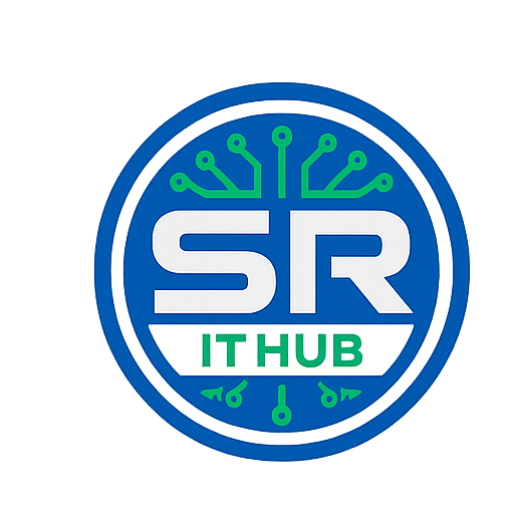ABSTRACT :
At present, the most popular recommendation algorithms belong to the class of latent factor models(LFM). Compared with traditional user-based and item-based collaborative filtering methods, the latent factor model effectively improves recommendation accuracy. In recent years, deep neural networks have succeeded in many research fields, such as computer vision, speech recognition, and natural language processing. However, there are few studies combining recommendation systems and deep neural networks, especially for group recommendation. Some academic studies have adopted deep learning methods, but they mainly use it to process auxiliary information, such as acoustic features of sounds, and semantic analysis of texts, the inner product is still used to deal with latent features of users and items. In this paper, we first obtain the nonlinear interaction of latent feature vectors between users and projects through multi-layer perceptron(MLP), and use the combination of LFM and MLP to achieve collaborative filtering recommendation between users and items. Secondly, based on the individual’s recommendation score, a fusion strategy based on Nash equilibrium is designed to ensure the average satisfaction of the group users. Our experiments are conducted on the Track 1 of KDD CUP 2012 public data set, taking the square root mean square error(RMSE) as the evaluation index. The experiment compares the traditional LFM optimization model, the MLP model and the LFM-MLP hybrid model in individual recommendation, and compares the strategy proposed in this paper with the traditional three single group strategies, the most pleasure, the average strategy and the least misery. The experimental results show that the proposed method can effectively improve the accuracy of group recommendation. Keywords—collaborative filtering, latent factor model, MLP, Group Recommendation, Nash equilibrium.
EXISTING SYSTEM :
irrelevant information, find information of interest to them, and improve the utilization of information by analysing and mining relevant information about users and commodities [1], [2]. The recommended collaborative filtering recommendation (CF) [3] by analysing existing user behaviours and information is widely used in the industry. Among them, the neighbourhood-based recommendation method [4] and the matrix decomposition based recommendation method (MF) [5] are the most widely used, and the MF is better able to deal with data sparsity than the former, so the industry mostly uses matrix-based The recommended method of decomposition is recommended. At present, the main matrix decomposition method has singular value decomposition SVD [6] . In order to reduce the dimension, the original SVD decomposes the original matrix into the product of three matrices, which solves the problem of data sparsity to some extent, but it needs to be sparse. The matrix is densified, which increases the amount of calculation and storage. The LFM (Latent Factor Model) model directly uses the original matrix to be decomposed into two feature matrices, and has achieved good results in Netflix movie recommendations. Based on the traditional SVD decomposition model, we have built a matrix decomposition model (SVD++) [7] that incorporates user SNS relationships and social behaviour parameters.
PROPOSED SYSTEM :
we have proposed two cases of LFM and MLP. Through the above analysis, the input of both models is to decompose the user-item rating matrix into two latent factor matrices on the latent factor space, and then input the latent 150 feature vector (pu and qi). In the middle, the parameters of the internal model are continuously optimized and optimized through machine learning, and the corresponding score value f(u, i) is output. The LFM captures the linear relationship of the latent feature interaction, while the neural network MLP uses a non-linear kernel to simulate the interactive data of the latent feature. So the key to the question is: How do we integrate the two models so that they can reinforce each other and get closer to the true rate set of the user on the item? Firstly, there is a simple way to resemble a neural tensor network (NTN), where LFM and MLP share the same input layer and embedding layer, and then combine the ratings. But this will limit the performance of the fusion model. For example, when LFM and MLP are optimal solutions in different sizes of embedding layers, that is, in the dimension of the latent factor space, the optimal solution cannot be obtained. Especially when the two sizes differ greatly, the desired effect cannot be obtained.
SYSTEM REQUIREMENTS
SOFTWARE REQUIREMENTS:
• Programming Language : Python
• Font End Technologies : TKInter/Web(HTML,CSS,JS)
• IDE : Jupyter/Spyder/VS Code
• Operating System : Windows 08/10
HARDWARE REQUIREMENTS:
Processor : Core I3
RAM Capacity : 2 GB
Hard Disk : 250 GB
Monitor : 15″ Color
Mouse : 2 or 3 Button Mouse
Key Board : Windows 08/10

